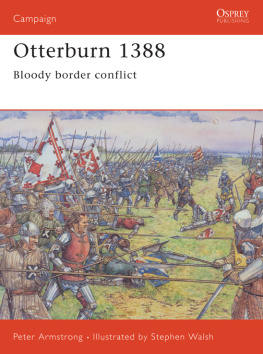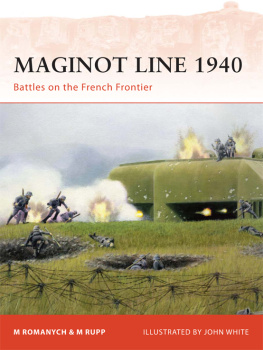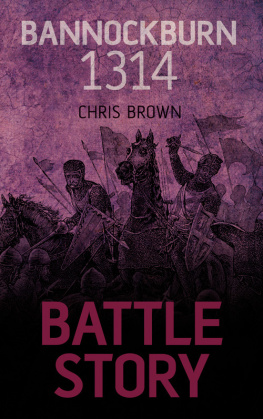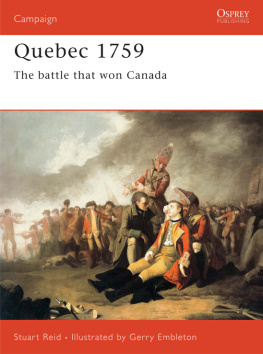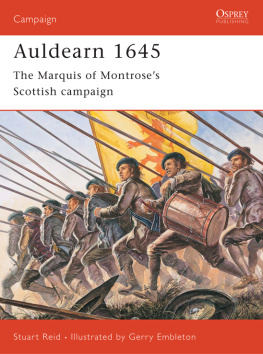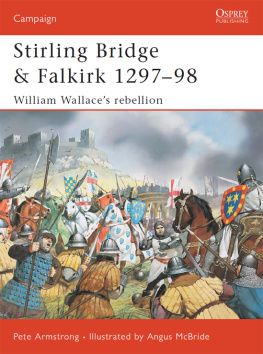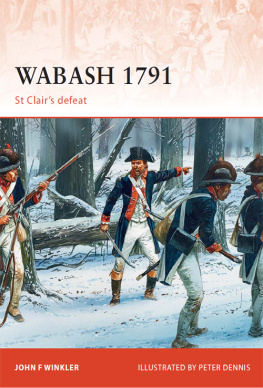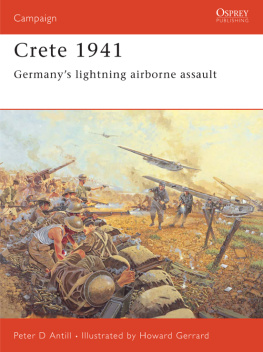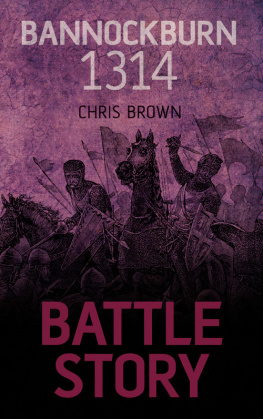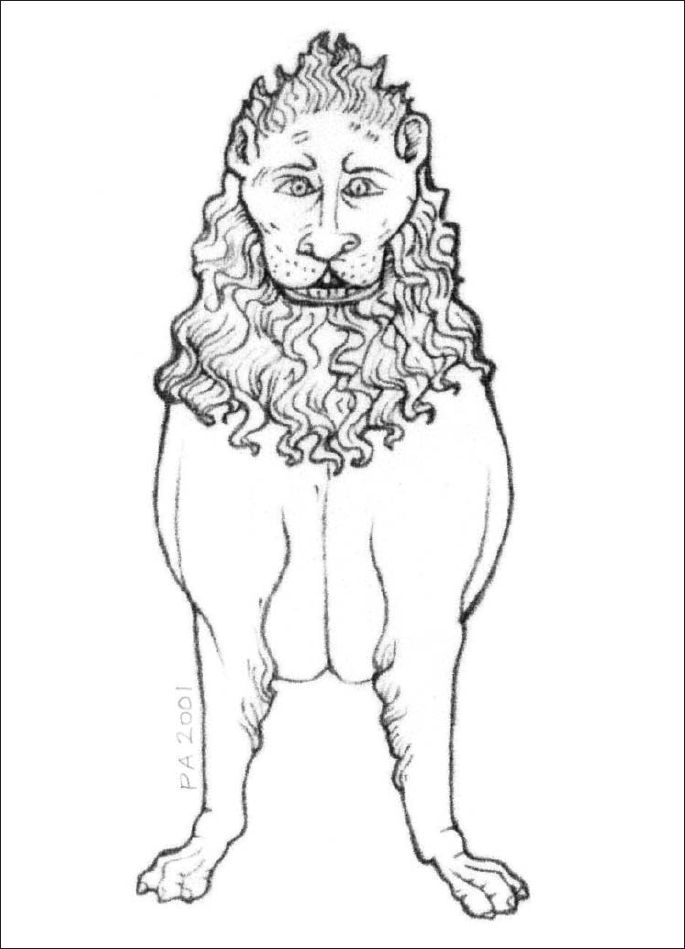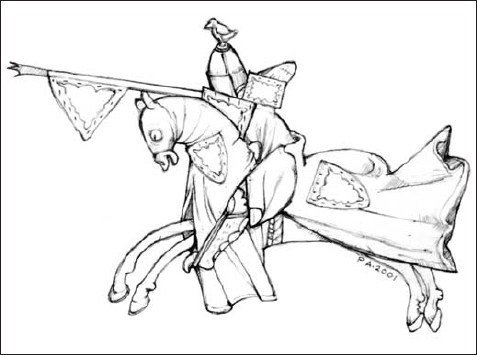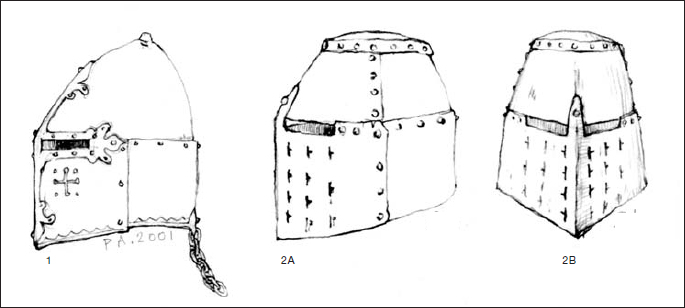Campaign 102
Bannockburn 1314
Robert Bruces great victory
Pete Armstrong Illustrated by Graham Turner
Series editor Lee Johnson Consultant editor David G Chandler
CONTENTS
ORIGINS OF THE CAMPAIGN
O n a stormy night in 1286, Alexander III of Scotland set out to ride to his manor of Kinghorn to be with his new wife, the beautiful Yolande de Dreux. In the darkness his horse stumbled on a cliff-top path and at dawn he was found with a broken neck at the foot of the cliffs. Scotland was without a king and the golden age of peace and prosperity that Scotland had enjoyed under Alexander was drawing to a close. Alexanders first wife Margaret, daughter of Henry III of England, died in 1275 having borne three children, two sons and a daughter, who were all dead by 1284, leaving the succession in jeopardy. It had been hoped that Alexanders marriage to the young French woman would produce a male heir to rectify the situation, instead, his sudden death left his sickly three-year-old granddaughter Margaret as heir. The childs mother, the queen of Eric II of Norway, died in 1283 giving birth to Margaret, The Maid of Norway, last of the royal house of Canmore. A council of regency consisting of six guardians of the realm was appointed to administer Scotland in the name of little Queen Margaret in far away Norway.

The lion rampant of Scotland (see flag above) was first adopted by William I, known as The Lion (11431214). A lion rampant within a bordure of fleurs-de-lis appears during the reign of his son, Alexander II (12141249). The lion rampant within a double tressure flory counter-flory was first used in the Great Seal of Alexander III in 1251. (authors drawing)
In England, King Edward I, as strong and able a king as ever ruled Scotlands powerful southern neighbour, pondered the implications of the death of his brother-in-law. He realised that the possibility of controlling Scotland, as he did Wales and Ireland, was within his grasp and that would make him ruler of the British Isles. He proposed a marriage between his two-year-old son, Edward of Caernarvon, and the Maid of Norway. The Scots assented warily, but insisted, through the terms of the treaty of Birgham, that though there was to be a union of the two crowns, the realm of Scotland was to continue as an entirely separate and independent kingdom. The Maid of Norway set sail for Scotland but became ill on the voyage and died soon after landing in Orkney, leaving the question of the Scottish succession open again.
There was no shortage of claimants to the Crown of Scotland. Two of them John Balliol and Robert Bruce, 5th Lord of Annandale, known as the Competitor were descended from the Scottish King David Is grandson, David, Earl of Huntingdon. The Scots asked Edward I to arbitrate between the 14 competitors for the vacant throne. At Berwick in November 1292 he decided in favour of John Balliol, who was connected to the powerful Comyn family, bitter rivals of the Bruces. King John rendered homage to Edward I for his kingdom and was subsequently repeatedly humiliated by him as he sought to underline his dominance over the Scots. By 1295 the exasperated Scots lords had had enough, and they persuaded Balliol to renounce his allegiance to the English King and sign a treaty with the French that initiated the auld alliance. Predictably, Edward invaded Scotland the following year and crushed the ineptly led Scots at the battle of Dunbar. John Balliol surrendered his kingdom and as a final indignity Edward tore the Royal Arms from his surcoat before despatching him to the Tower of London; thus the unfortunate Balliol earned the nickname Toom Tabard (empty coat).
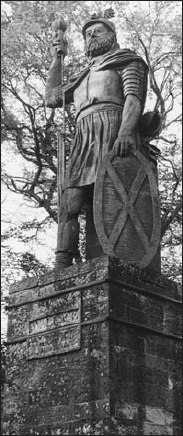
Statue of William Wallace, made for the Earl of Buchan by John Smith in 1814. It stands in the Scottish Borders not far from the Kirk o the Forest in Selkirk where Wallace was elected Guardian of Scotland.
Wallaces Rebellion
At the end of 1296 Edward returned south, taking the Stone of Destiny from Scone with him to Westminster and leaving his well-garrisoned northern conquest in the hands of the Earl of Surrey. Disturbances broke out almost immediately, and in May 1297 William Wallace murdered the English Sheriff of Lanark, an act that propelled Wallace into the spotlight of Scottish history and sparked open rebellion in the land. In September, at Stirling Bridge, Wallace defeated an English force under Surrey and further fanned the flames of revolt in Scotland. His victory resulted in his elevation to the guardianship of the realm and he became effectively, with the support of the people and consent of the church, ruler of Scotland. In 1298 Edward, in vengeful mood, invaded Scotland with a powerful army to hammer the Scots into submission and decisively defeated Wallace at the battle of Falkirk. He resigned the guardianship and disappeared from the pages of history until 1305, when he was betrayed and captured. After a show trial in London he was convicted of treason and dragged to Smithfield, where he was publicly hanged, drawn and quartered.
King Hobbe
Robert Bruce could trace his ancestry back beyond Adam Bruce, who came to England with William the Conqueror, to Lodver, the 10th-century Norse Earl of Orkney. Adams eldest son was the first to be named Robert Bruce and he became one of the great magnates of northern England, with widespread lands in Yorkshire. In 1124 David I, who was his feudal overlord in England, succeeded to the Scottish throne. He wanted to transform Scotland from a backward Celtic society into a modern European state and encouraged Anglo-Norman settlement north of the Border. One of his first acts in pursuance of this policy was to grant his vassal, Robert Bruce, the vast estates of the lordship of Annandale. Thus the Bruces became one of the most powerful families in Scotland.
An early 14th-century knight armed in his finery for the joust. Such extravagant clothing would have been replaced with more practical garb for a campaign in Scotland. (authors drawing)
Early 14th-century Helmets. 1. Reconstruction of the helm from the brass of Sir R. de Trumpington c.1289. 2a, 2b. Helm c.1300, probably German, in the Castel San Angelo, Rome. Early 14th-century armour was similar throughout Europe, and Scotland relied heavily on imported arms. (authors drawing)
The loyalties and allegiances of Robert Bruce in the years up to 1306 were shifting and uncertain. In company with many other Scots, he supported Edward I on the outbreak of war in 1296. Bruces stance was determined partly because the patriotic resistance to Edward was led by the Comyns, bitter rivals of the Bruces for power in Scotland, and because Bruce saw in Edward his best hope of securing the kingship, which he believed to be his by right. Yet in 1298 Bruce, perhaps not entirely for patriotic motives, became joint Guardian of Scotland together with John the Red Comyn when Wallace resigned the guardianship after the disaster of Falkirk. After a violent quarrel with Comyn, Bruce reverted to his English allegiance and was returned to the kings peace, or pardoned, by Edward I early in 1302.


